Salt Lake City Travel Guide
Capital and most populous city of the state of Utah
Places to See in Salt Lake City
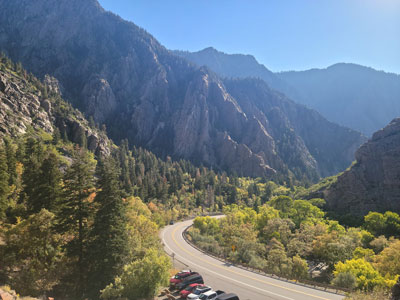
GyozaDumpling, CC BY-SA 4.0, via Wikimedia Commons; Image Size Adjusted
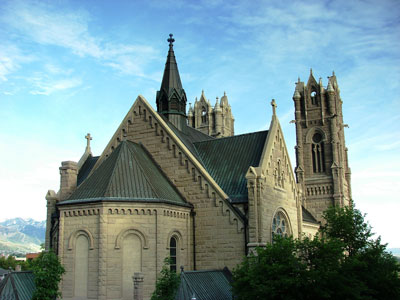
David Jay Fullmer, CC BY-SA 4.0, via Wikimedia Commons; Image Size Adjusted
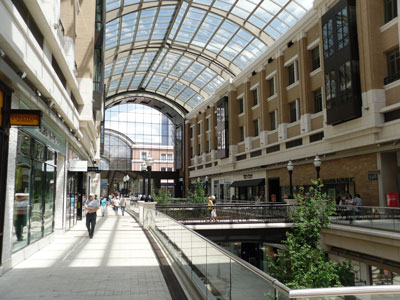
Jordan W., CC BY-SA 3.0, via Wikimedia Commons; Image Size Adjusted
City Creek Center
Mixed-use development with an upscale open-air shopping center, office and residential buildings, fountain, and simulated creek near Temple Square in downtown Salt Lake City
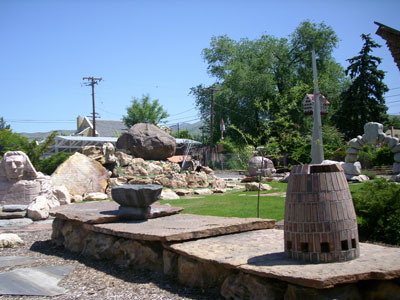
Intothewoods29, Public domain, via Wikimedia Commons; Image Size Adjusted
Gilgal Sculpture Garden
Small public city park filled with unusual symbolic statuary associated with Mormonism
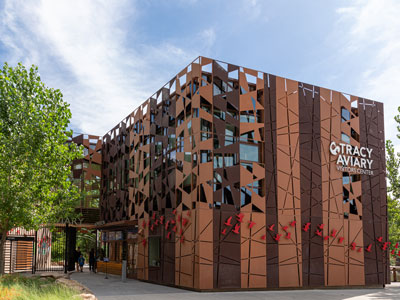
Pollardjosephd, CC BY-SA 4.0, via Wikimedia Commons; Image Size Adjusted
Liberty Park
Popular public urban park in Salt Lake City is the city's second-largest public park, at 80 acres (32 ha)
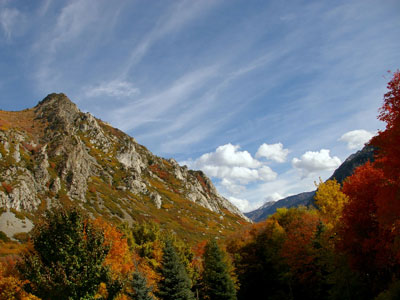
Scott CAtron, CC BY-SA 2.0, via Wikimedia Commons; Image Size Adjusted
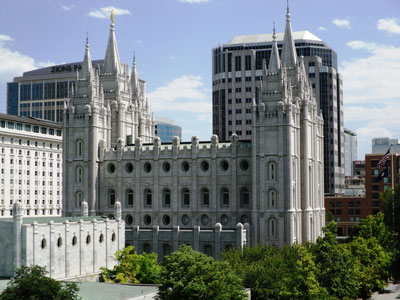
Jordan W., CC BY-SA 3.0, via Wikimedia Commons; Image Size Adjusted

Georgio2, CC BY-SA 3.0, via Wikimedia Commons; Image Size Adjusted
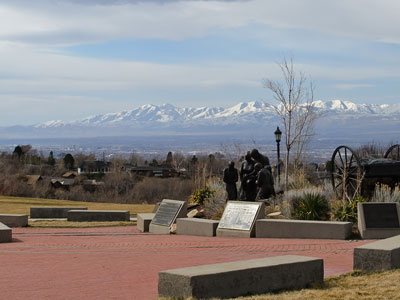
InSapphoWeTrust from Los Angeles, California, USA, CC BY-SA 2.0, via Wikimedia Commons; Image Size Adjusted
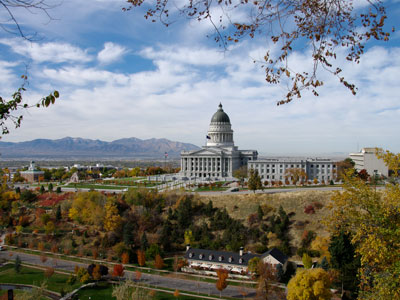
Scott Catron from Sandy, Utah, USA, CC BY-SA 2.0, via Wikimedia Commons; Image Size Adjusted
Utah State Capitol
House of government for the state of Utah, the Neoclassical revival, Corinthian style building built between 1912 and 1916 and added to the National Register of Historic Places in 1978
Overview
Salt Lake City (often shortened to Salt Lake and abbreviated as SLC) is the capital and most populous city of the state of Utah. Salt Lake City is further situated within a larger metropolis known as the Salt Lake City-Ogden-Provo Combined Statistical Area, a corridor of contiguous urban and suburban development stretched along a 120-mile (190 km) segment of the Wasatch Front.
Salt Lake City was founded in 1847 by early pioneer settlers, led by Brigham Young, who were seeking to escape persecution they had experienced while living farther east. The Mormon pioneers, as they would come to be known, entered a semi-arid valley and immediately began planning and building an extensive irrigation network which could feed the population and foster future growth. Salt Lake City's street grid system is based on a standard compass grid plan, with the southeast corner of Temple Square (the area containing the Salt Lake Temple in downtown Salt Lake City) serving as the origin of the Salt Lake meridian. Owing to its proximity to the Great Salt Lake, the city was originally named Great Salt Lake City. In 1868, the word "Great" was dropped from the city's name.
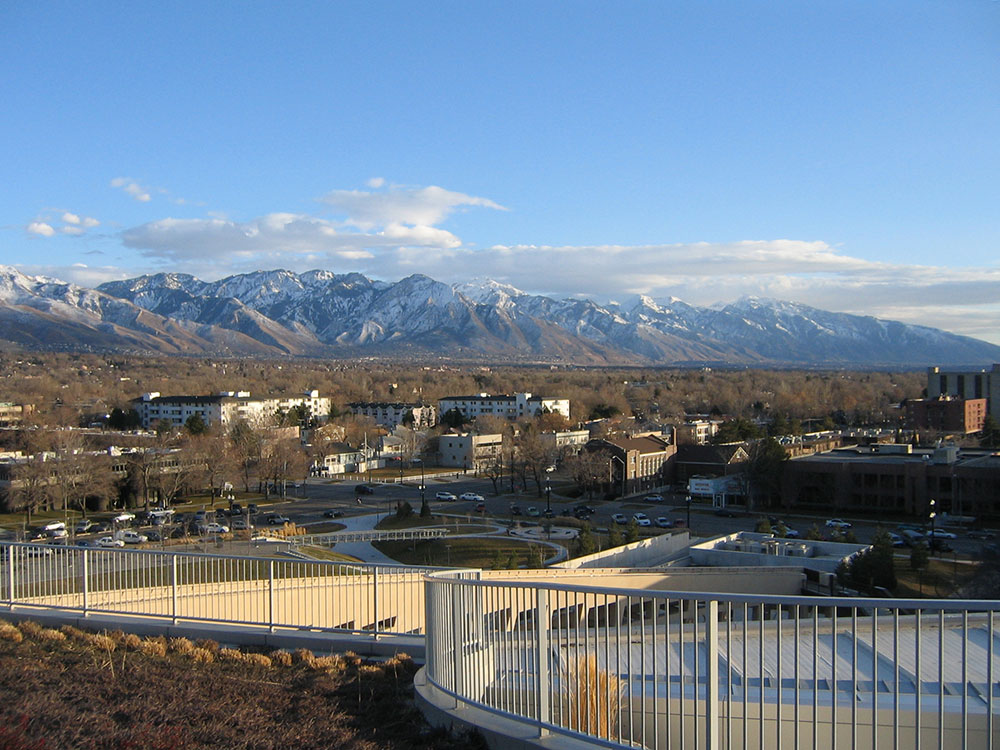
Immigration of international members of the LDS Church, mining booms, and the construction of the first transcontinental railroad initially brought economic growth, and the city was nicknamed "The Crossroads of the West". It was traversed by the Lincoln Highway, the first transcontinental highway, in 1913. Two major cross-country freeways, I-15 and I-80, now intersect in the city. The city also has a belt route, I-215.
Salt Lake City has developed a strong tourist industry based primarily on skiing and outdoor recreation. It hosted the 2002 Winter Olympics.
Parks
The largest park in Salt Lake City is This Is the Place Heritage Park, a part of the Utah State Parks system. At 217.5 acres, This is the Place Heritage Park re-creates typical 19th century LDS pioneer life and contains over 50 restored or replicated historical buildings. This is the Place Monument also is located within the park, marking the end of the Mormon trail.
Sugar House Park is the second largest park in Salt Lake City at 110 acres (45 ha) and is a part of the Salt Lake County park system. The park is known for its large, rolling hills surrounding a 4.5 acres (1.8 ha) pond with fountains. It was also the site of an annual Fourth of July fireworks display until 2018.
Red Butte Garden and Arboretum, in the foothills of Salt Lake City, features many different exhibits and also hosts many musical concerts. It is operated by the University of Utah.
Salt Lake City has a system of 85 municipal parks. Some of the most notable, other than those mentioned above, are:
- Liberty Park (100 acres (40 ha)) is one of the city's oldest parks, having been established in 1881, and features a small lake with two islands and the Tracy Aviary. The park is home to a large number of birds, both wild and in the aviary.
- City Creek Park (4 acres (1.6 ha))
- Pioneer Park (10 acres (4.0 ha))
- Lindsey Gardens (15.25 acres (6.17 ha))
- Gilgal Garden (3 acres (1.2 ha))
- Jordan Park (33.5 acres (13.6 ha)) is home to the International Peace Gardens.
- Bonneville Shoreline Trail is a popular hiking and biking nature trail which spans 90 miles (140 km) through the foothills of the Wasatch Front.
Salt Lake City is home to several museums. Near Temple Square is the Church History Museum. Operated by the LDS Church, the museum contains collections of artifacts, documents, art, photographs, tools, clothing and furniture from the history of the LDS Church, which spans nearly two centuries. West of Temple Square, at The Gateway, is the Clark Planetarium, which houses an IMAX theater, and Discovery Gateway, a children's museum. The University of Utah campus is home to the Utah Museum of Fine Arts as well as the Natural History Museum of Utah. Other museums in the area include the Utah State Historical Society, Daughters of Utah Pioneers Memorial Museum, Fort Douglas Military Museum, the Social Hall Heritage Museum, and The Leonardo, a new art, science and technology museum housed in the previous Salt Lake City Library building.
Salt Lake City is the headquarters of the LDS Church and has many LDS-related sites open to visitors. The most popular is Temple Square, which includes the Salt Lake Temple (not open to the general public) and visitor centers open to the public, free of charge. Temple Square includes the historic Salt Lake Tabernacle, home of the Mormon Tabernacle Choir, now called The Tabernacle Choir at Temple Square. The LDS Conference Center is north of Temple Square. The Family History Library, the world's largest genealogical library, is west of Temple Square. It is run by the LDS Church and is open to the public and free of charge. The Eagle Gate Monument is east of Temple Square.
In 2004, the Salt Lake City main library received an Institute Honor Award for Architecture by the American Institute of Architects and features a distinctive architectural style. The building's roof serves as a viewpoint for the Salt Lake Valley. The Utah State Capitol Building offers marble floors and a dome similar to the building that houses the US Congress. Other notable historical buildings include the Thomas Kearns Mansion (now the Governor's Mansion), City and County Building (built 1894), the Kearns Building on Main Street, St. Mark's Episcopal Cathedral (built 1874), and the Roman Catholic Cathedral of the Madeleine (built 1909).
Salt Lake City is near several world-class ski and summer resorts, including Snowbird, Alta, Brighton, Solitude, Park City Mountain Resort, and Deer Valley. The resorts cater to millions of visitors each year and offer year-round activities.
Salt Lake City is home to a few major shopping centers. Trolley Square is an indoor and outdoor mall with independent art boutiques, restaurants, and national retailers. The buildings housing the shops are renovated trolley barns with cobblestone streets. The Gateway, an outdoor shopping mall, has many national restaurants, clothing retailers, a movie theater, the Clark Planetarium, the Discovery Gateway (formerly The Children's Museum of Utah), a music venue called The Depot, and the Olympic Legacy Plaza. City Creek Center is the city's newest major shopping center and features high-end retailers not found anywhere else in Utah.
Other attractions near Salt Lake City include Hogle Zoo, Timpanogos Cave National Monument, Golden Spike National Historic Site (where the world's first transcontinental railroad was joined), Lagoon Amusement Park, the Great Salt Lake, the Bonneville Salt Flats, Gardner Historic Village, one of the nation's largest dinosaur museums at Thanksgiving Point in Lehi, and the world's largest man-made excavation at Bingham Canyon Mine.
Winter sports, such as skiing and snowboarding, are popular activities in the Wasatch Mountains east of Salt Lake City. Eight ski resorts lie within 50 miles (80 km) of the city. Alta, Brighton, Solitude, and Snowbird all lie directly to the southeast in the Wasatch Mountains, while nearby Park City contains three more resorts. The popularity of the ski resorts has increased by a third since the 2002 Winter Olympics. Summer activities such as hiking, camping, rock climbing, mountain biking, and other related outdoor activities are popular in the mountains. The many small reservoirs and rivers in the Wasatch Mountains are popular for boating, fishing, and other water-related activities.
This article uses material from the Wikipedia article "Salt Lake City", which is released under the Creative Commons Attribution-Share-Alike License 3.0
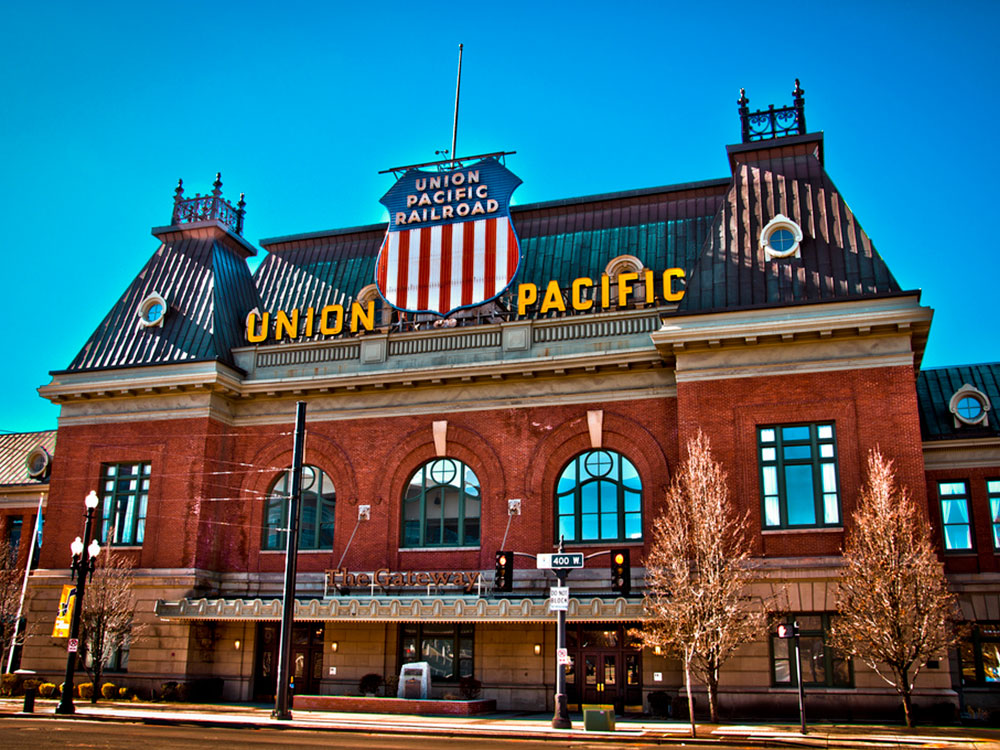 Eric Pancer <epancer@pobox.com>, CC BY 3.0, via Wikimedia Commons; Image Size Adjusted
Eric Pancer <epancer@pobox.com>, CC BY 3.0, via Wikimedia Commons; Image Size Adjusted